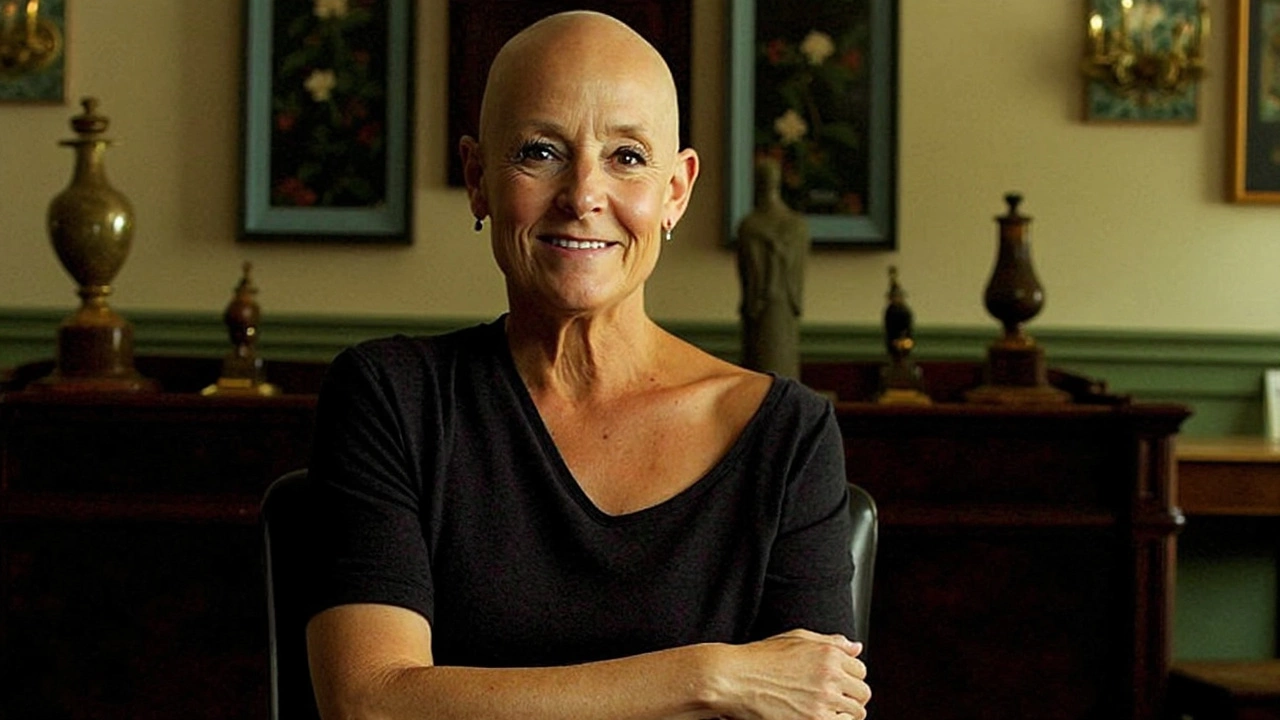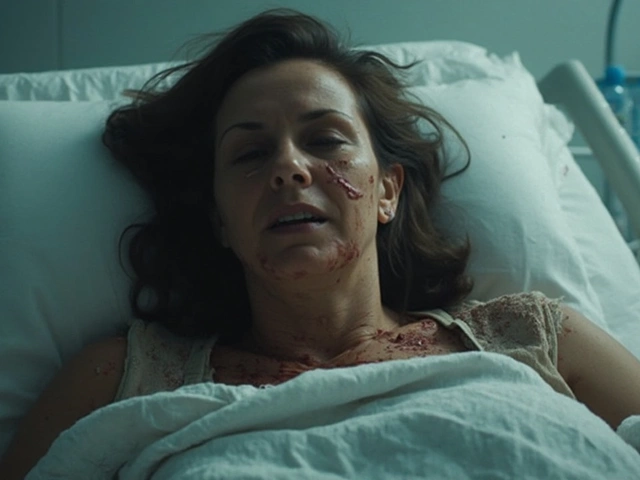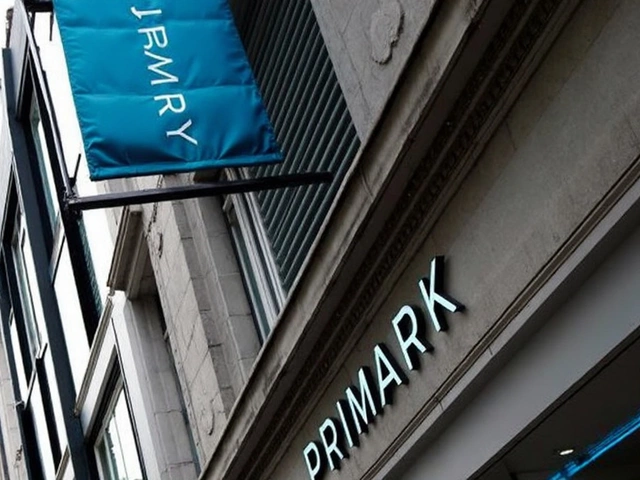The Night Gail Porter Was Projected Onto Parliament
People wandering by London’s Westminster on May 9, 1999, caught a sight no one expected: a nude image of Gail Porter, splashed several stories high across the iconic Houses of Parliament. It was exactly midnight. The bold stunt wasn’t the work of artists or activists, but a guerilla marketing scheme for FHM magazine and their '100 Sexiest Women in the World' feature. The magazine had previously included Porter in their pages, but nobody had warned her that her photo would be used this way.
Back then, Porter was a household name—sparkly, upbeat, everywhere on British TV. She’d presented shows like The Big Breakfast and The Movie Chart Show, making her one of the most recognized television personalities in the UK. Her image was being used to grab attention, boost magazine sales, and leave a lasting impression—but without her say or even her knowledge.
Media Ethics, Consent, and Aftermath
When Porter found out about the Parliament projection, she was not flattered or excited—she was shocked and hurt. In interviews and a recent documentary, she’s described feeling betrayed and publicly exploited. The lack of consent upset her deeply, leading to long-term personal and professional consequences that, even decades later, still echo through conversations about privacy and objectification in the media.
The story exploded in the press. People debated whether the projection was clever advertising or clear exploitation. Yet, for Porter, it didn’t feel like a debate—it was a breach of trust. She hadn’t agreed to any of it, and the fallout hit hard. Her relationships with broadcasters became complicated, and the incident followed her career, overshadowing some of her achievements on screen. This single image, giant and unexpected, became one of the defining moments of her public life.
This all happened at a time when female celebrities were under intense photographic scrutiny, often treated like objects rather than people, especially by men’s magazines hungry for headlines. What stands out now is how many people, especially women, saw themselves reflected in Porter’s experience—used, displayed, but not given a say.
After the Parliament stunt, Porter became a vocal advocate for mental health, speaking candidly about the challenges she faced. She’s publicly shared her struggles with depression and talked about her battle with alopecia, which caused her to lose her hair in 2005. Today, she’s turned a moment of profound exploitation into a platform for fighting for women’s agency and mental wellbeing.
The story remains a case study in media ethics. Consent seems obvious in hindsight, but back in 1999, flashy campaigns and shock value often pushed boundaries with little thought to whose lives were uprooted in the process. The industry has changed, but Porter’s story is a reminder of just how personal—and painful—those media headlines can be.







Write a comment